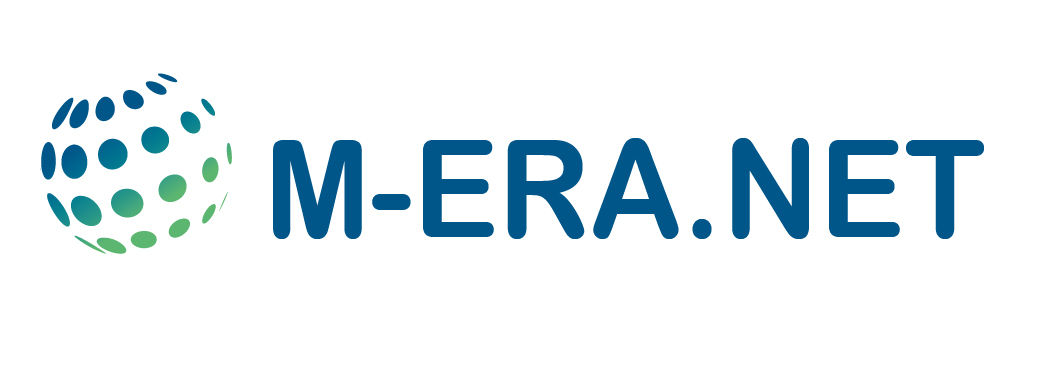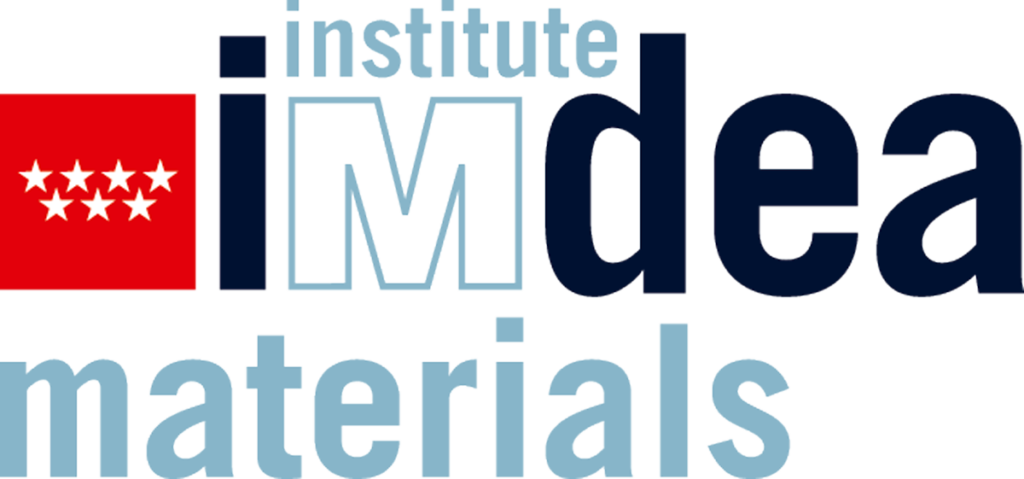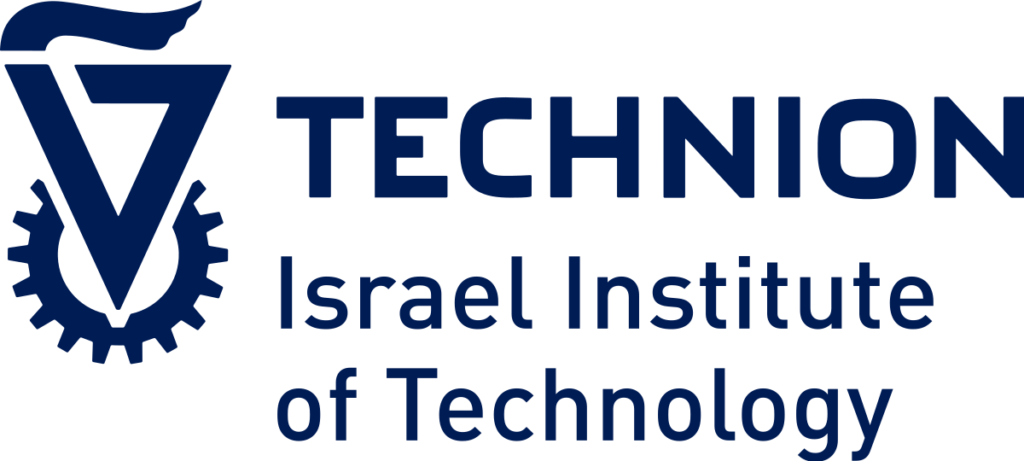Project details
Funding: International Collaboration Projects PCI2022-1. Ministry of Science and Innovation (MCIN/AEI); European Union “Next GenerationEU”/ PRTR.
Project coordinator: IMDEA Materials.
Project period: 01/09/2022 – 31/08/2025
IMDEA Materials' researchers
Dr. Maciej Haranczyk

Abstract
Porous metals are increasingly important in technology. Due to their tunable mechanical properties, they are promising candidates in various emerging applications such as metallic scaffolds for load-bearing bones, lightweight structures for transport technologies, electrodes for electrochemical energy storage devices and more. This project aims at developing a computational model to establish a quantitative understanding of the relations between the enormous variety of possible morphologies of porous structures and their mechanical properties. The machine-learning based model will be employed to identify various prototype structures of new morphologies via implementation of hierarchical screening and a material genome approach. The optimal and/or statistically relevant structures will be 3D printed and tested mechanically in experiments, with the results contributing to both tuning and validation of the computational designs.
Partners



Funded by

This publication is part of the project PCI2022-132975, funded by MCIN/AEI/10.13039/501100011033 and by the European Union “NextGenerationEU”/PRTR”. This project has also received funding from the European Union’s Horizon 2020 research and innovation programme under grant agreement No 958174.
